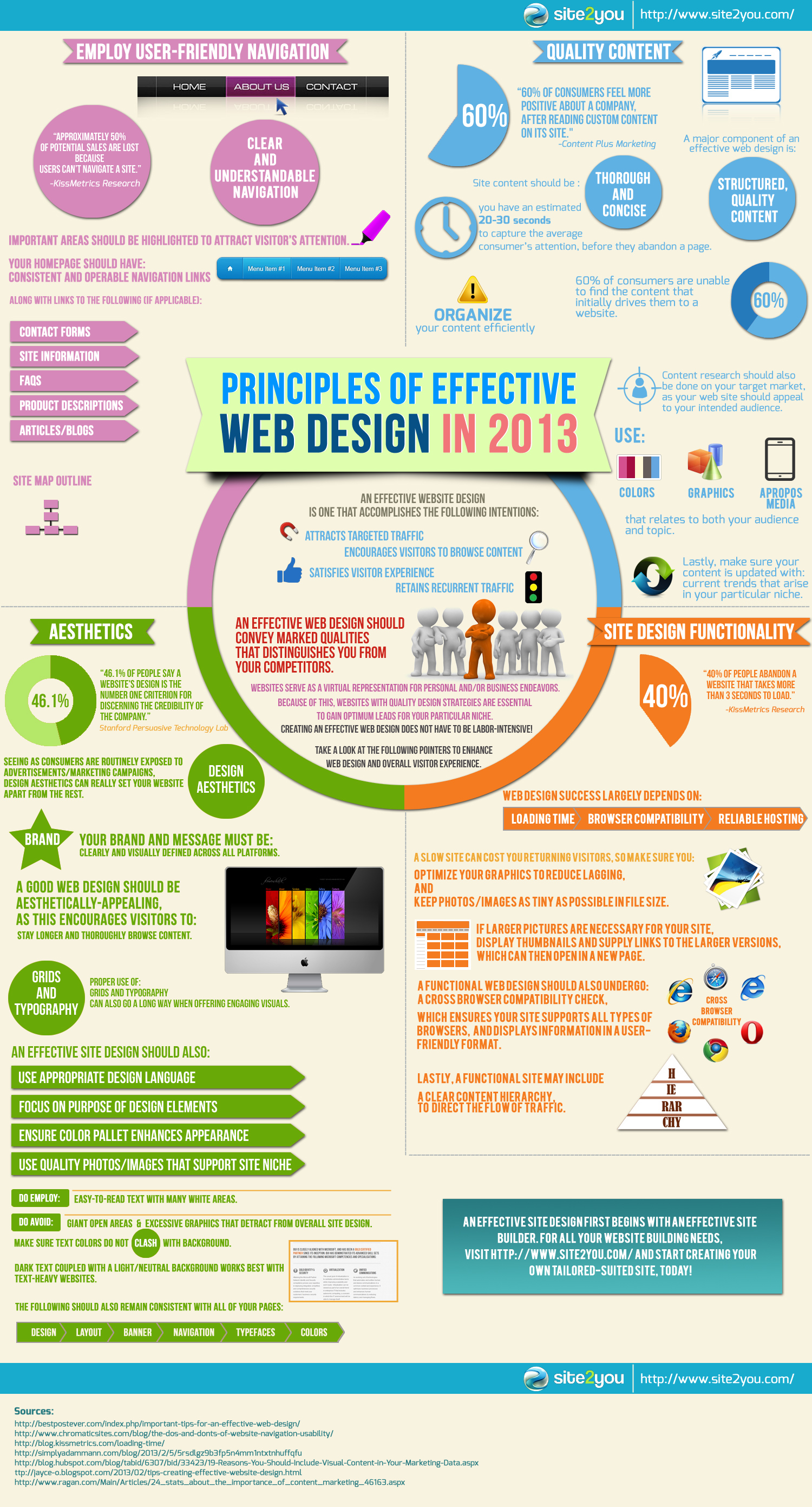Web Site Style Fundamentals: Tips For Building A User-Friendly Website
Web Site Style Fundamentals: Tips For Building A User-Friendly Website
Blog Article
Author-Aguirre Bak
When it pertains to internet site layout, making sure user-friendliness is vital. From receptive layout to streamlined navigating, every aspect plays an essential role in developing a website that accommodates your target market's needs. Yet what about the better details that can make or damage an individual's browsing experience? Keep tuned as we reveal some often-overlooked suggestions that can raise your internet site's use to the following degree, making it truly stick out in the digital landscape.
Value of Responsive Design
Responsive design is an important facet of modern internet site growth. Guaranteeing your website is responsive ways that it can adapt to various display sizes and gadgets, giving a smooth experience for customers.
With the increasing use mobile phones and tablet computers to access the web, having a receptive layout is crucial for reaching a bigger audience. It helps in enhancing individual experience by making your web site easy to navigate and continue reading any kind of device.
Additionally, receptive design can positively impact your internet search engine rankings, as online search engine like Google focus on mobile-friendly sites. By having a responsive style, you're also future-proofing your web site, as brand-new devices with varying display sizes remain to arise.
Simplify Navigation Structure
To boost individual experience and help with simple access to details on your web site, enhancing the navigating structure is extremely important. When developing your website, concentrate on creating a clear and user-friendly navigation menu that assists visitors locate what they're trying to find rapidly.
visit the next document of menu things to the basics, organizing relevant pages together to prevent overwhelming customers. Use web copy writer that plainly suggest the web content of each page, making it easier for individuals to recognize where each web link will certainly take them.
Consider applying dropdown food selections for subcategories to stop cluttering the primary navigating bar. Furthermore, include a search bar plainly on the page for customers that favor searching for details info.
Prioritize mobile responsiveness in your navigation style to make sure simple access on all gadgets.
Optimize Page Load Rate
Improving page lots rate is essential for preserving visitors on your internet site. Slow-loading web pages frustrate customers and can lead to high bounce rates. To enhance page tons rate, begin by enhancing images. Compress pictures without endangering high quality to reduce their documents dimensions.
Additionally, allow browser caching to keep regularly accessed sources locally, accelerating tons times for returning site visitors. Minify CSS, JavaScript, and HTML files by removing unnecessary characters, comments, and format, boosting load rate.
Think about using a web content distribution network (CDN) to disperse your site's web content across multiple servers worldwide, decreasing latency for individuals accessing your website from different places. Last but not least, restrict making use of third-party manuscripts and plugins, as they can considerably affect tons times.
Learn More Here
To conclude, by incorporating receptive design, simplifying navigation, and optimizing page load rate, you can produce an user-friendly web site that interest a wider audience and boosts customer experience. These essential elements make certain that site visitors can easily gain access to and navigate your site throughout different devices, leading to increased involvement and satisfaction. By focusing on these crucial aspects, you can develop a successful website that maintains customers coming back for even more.
